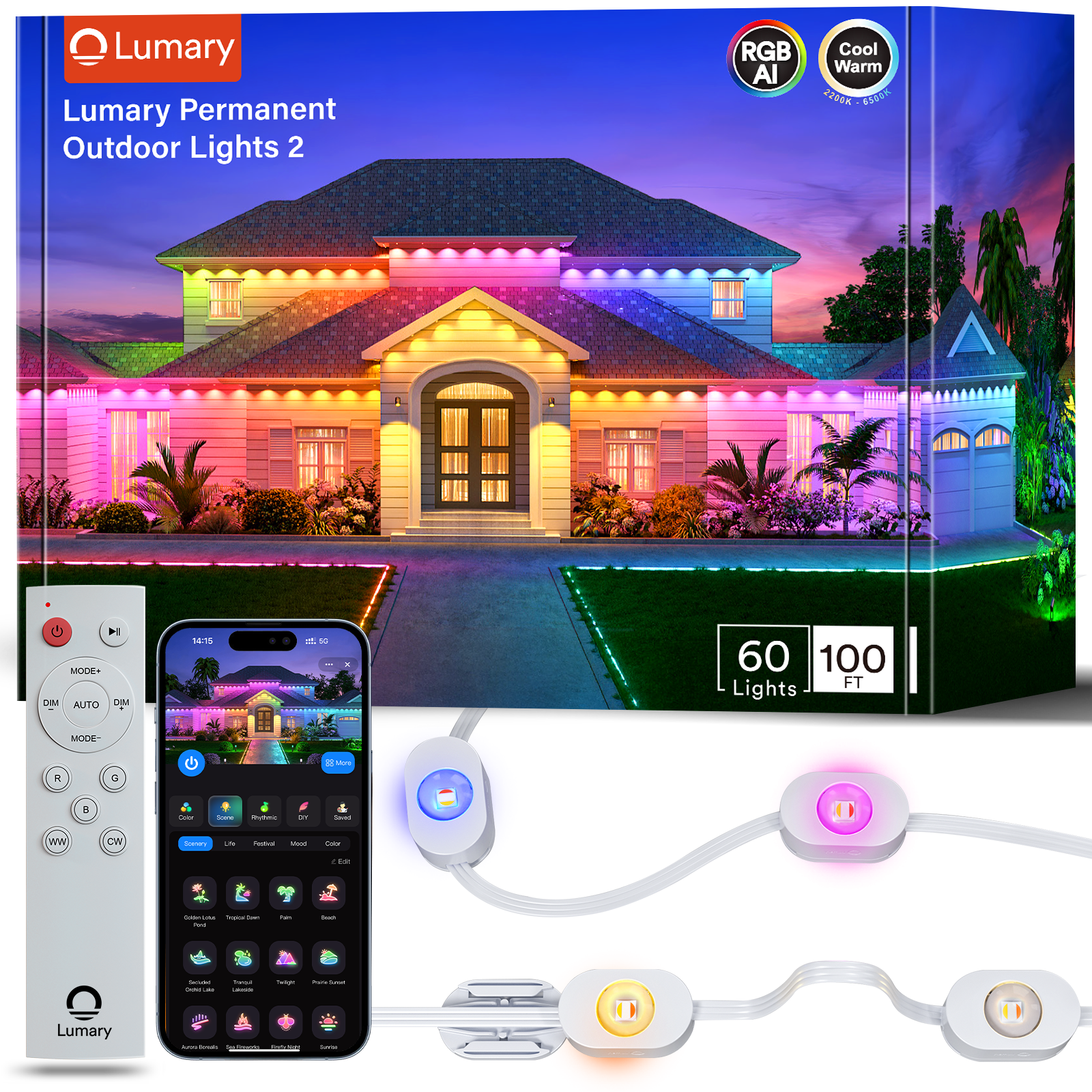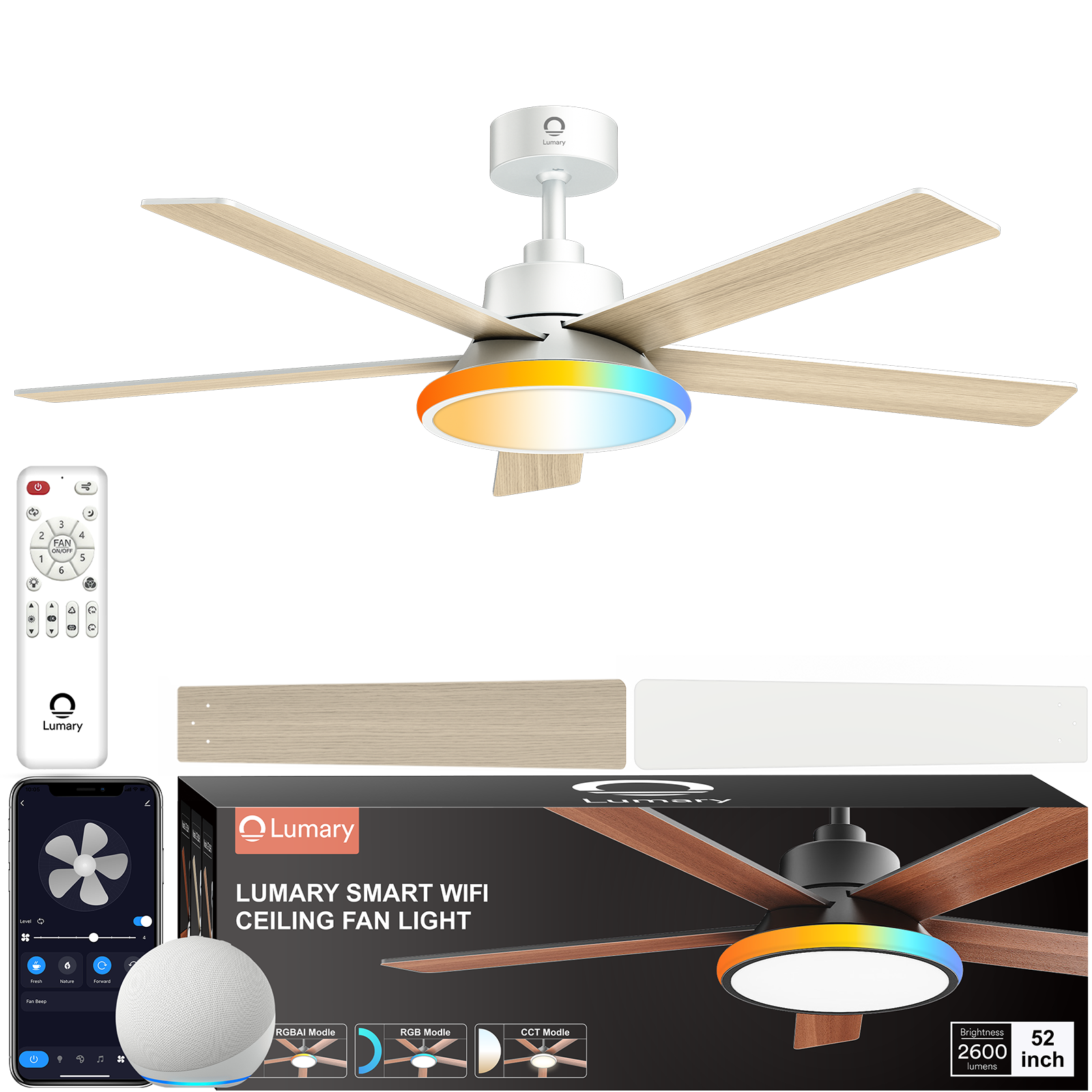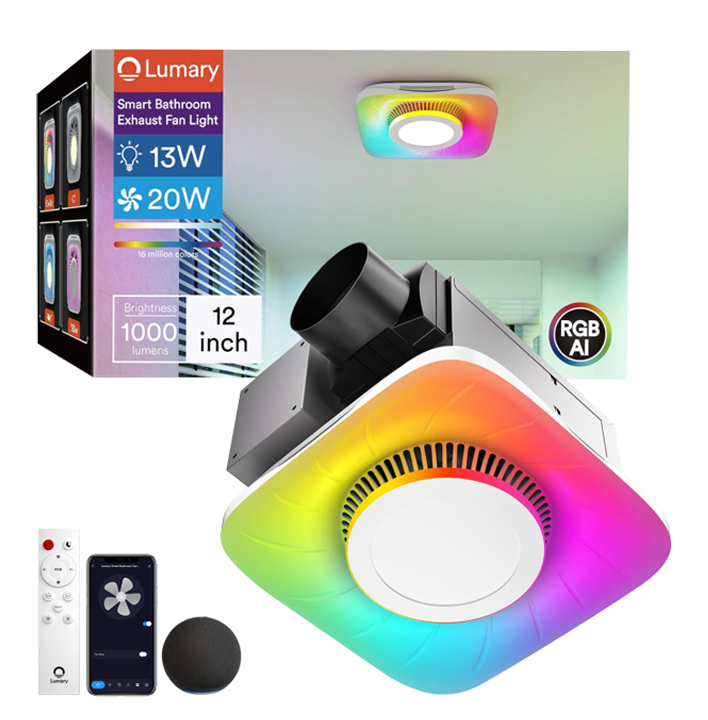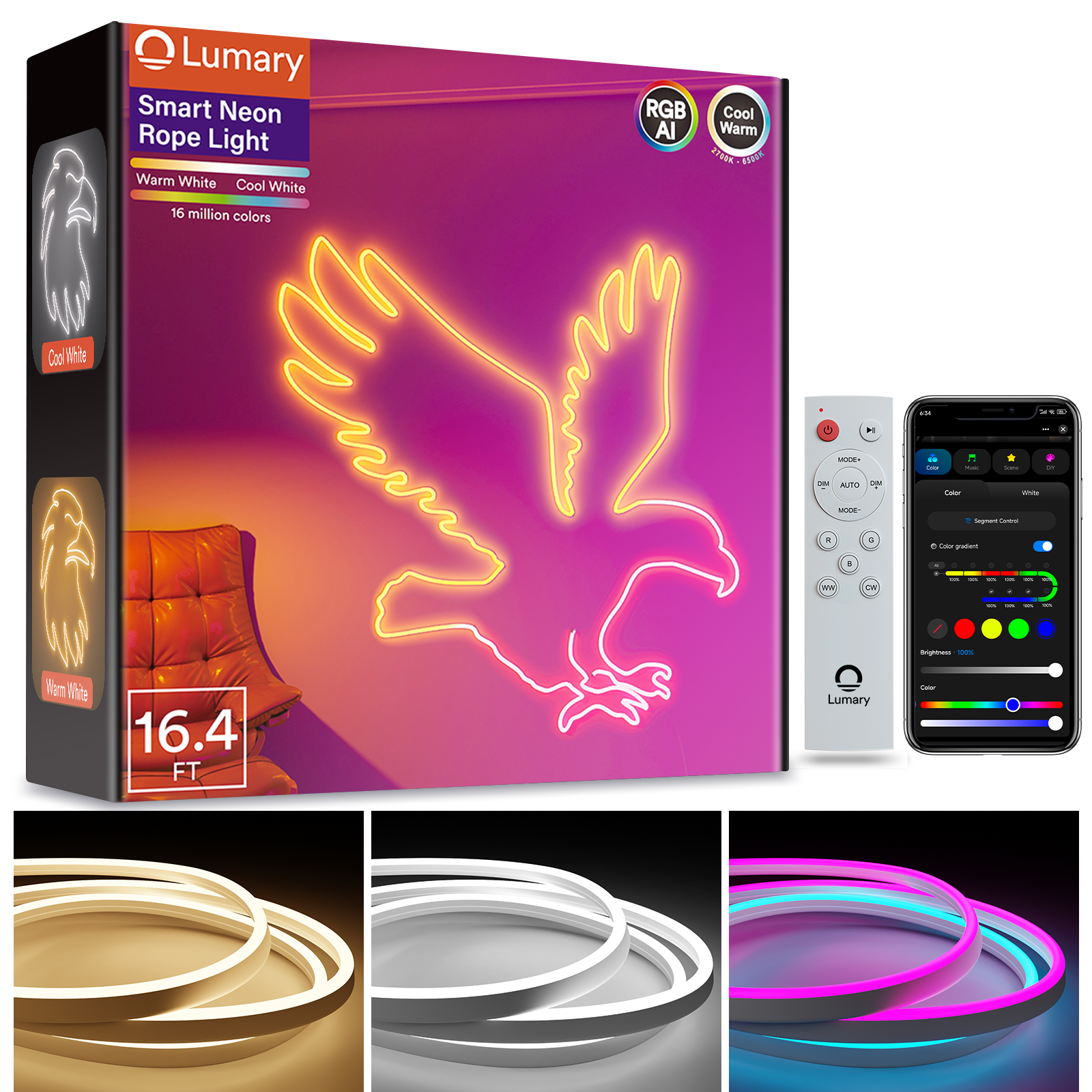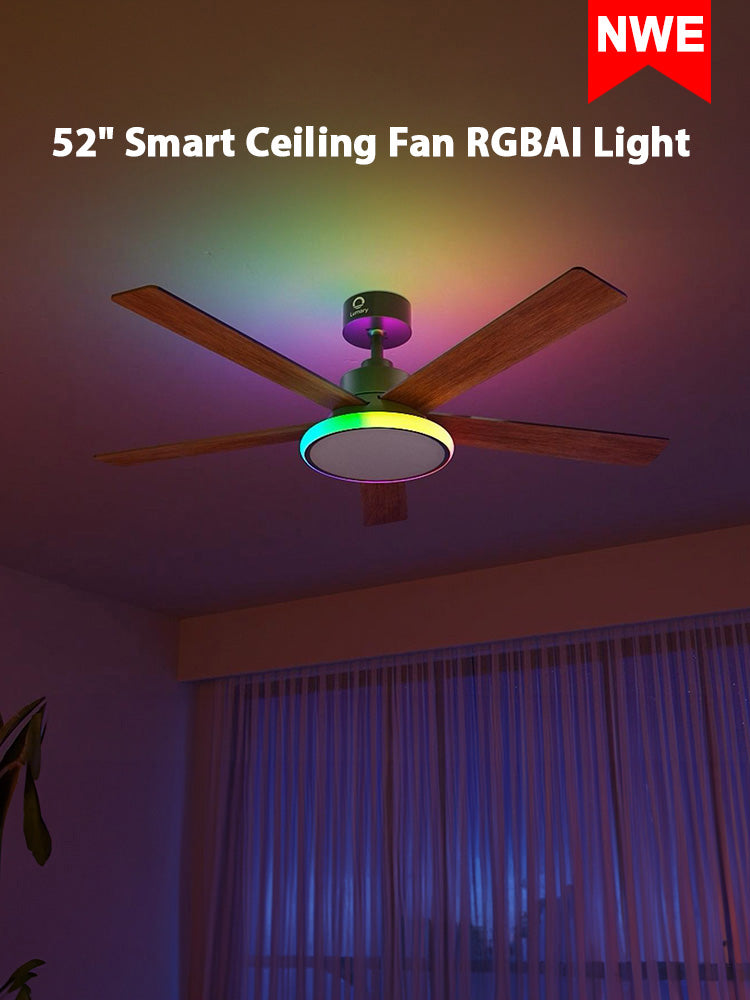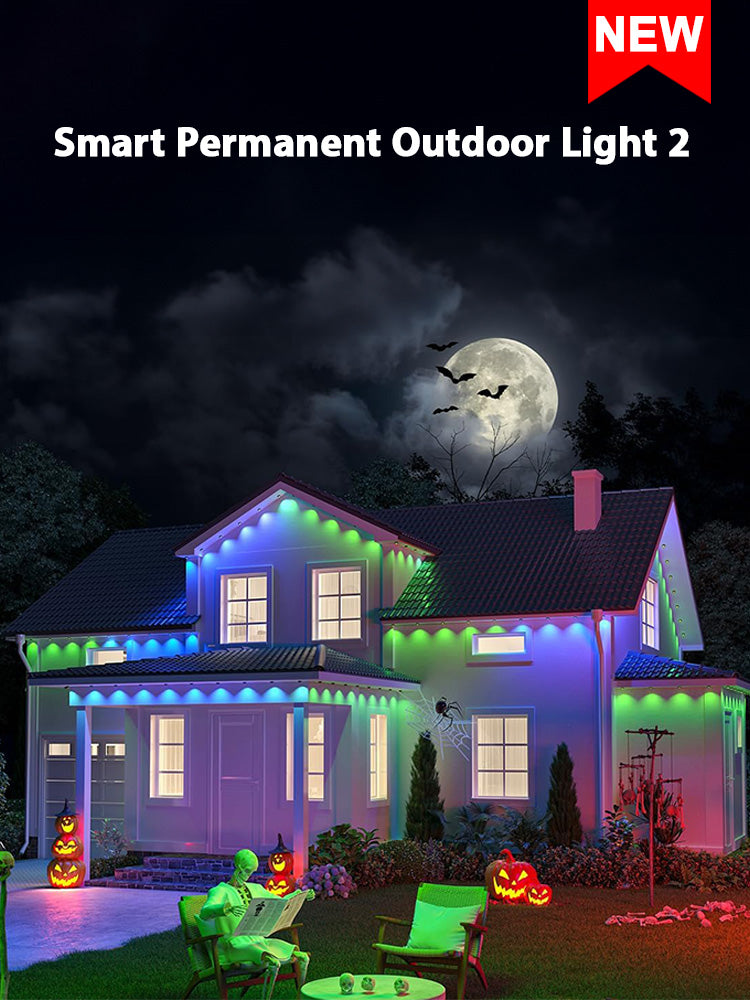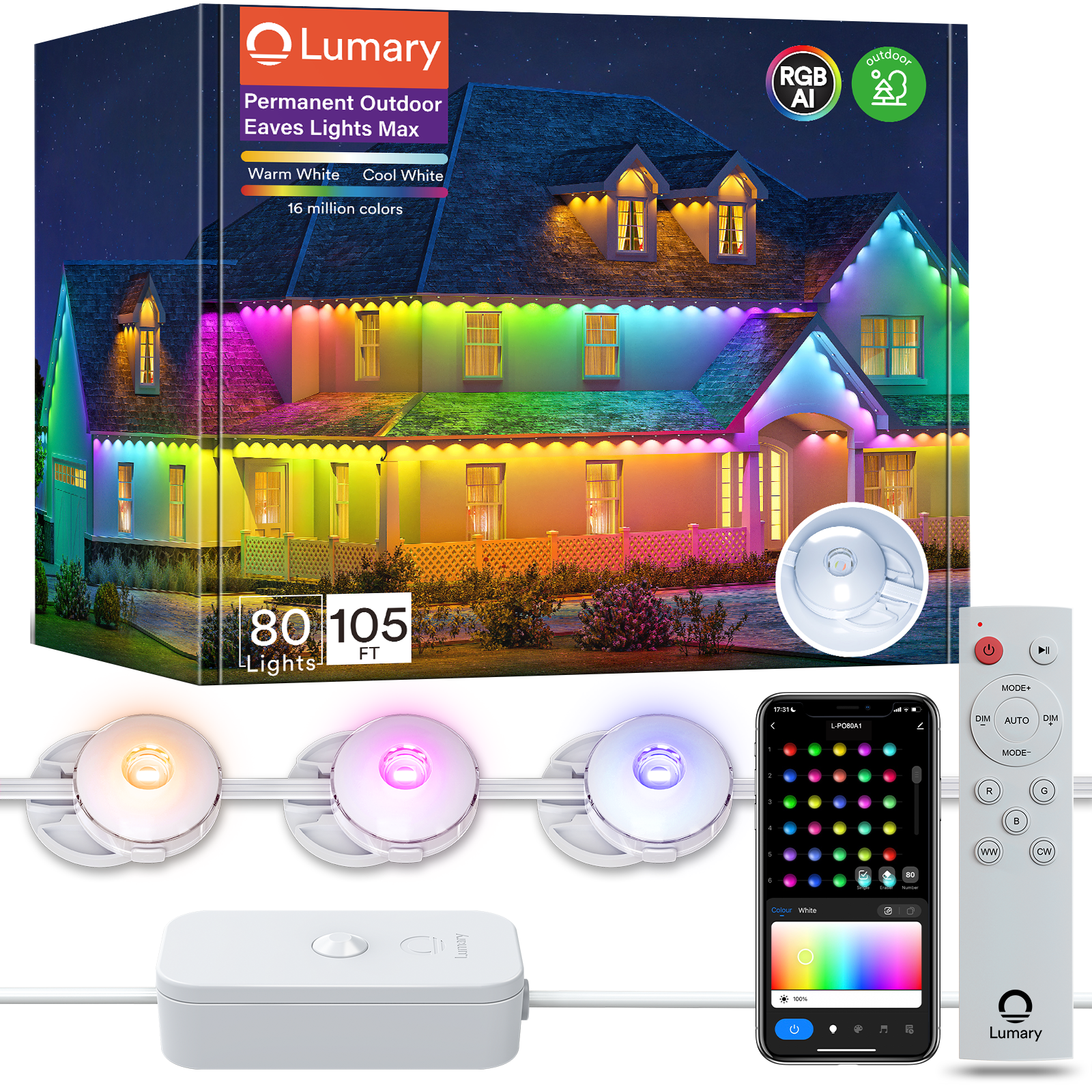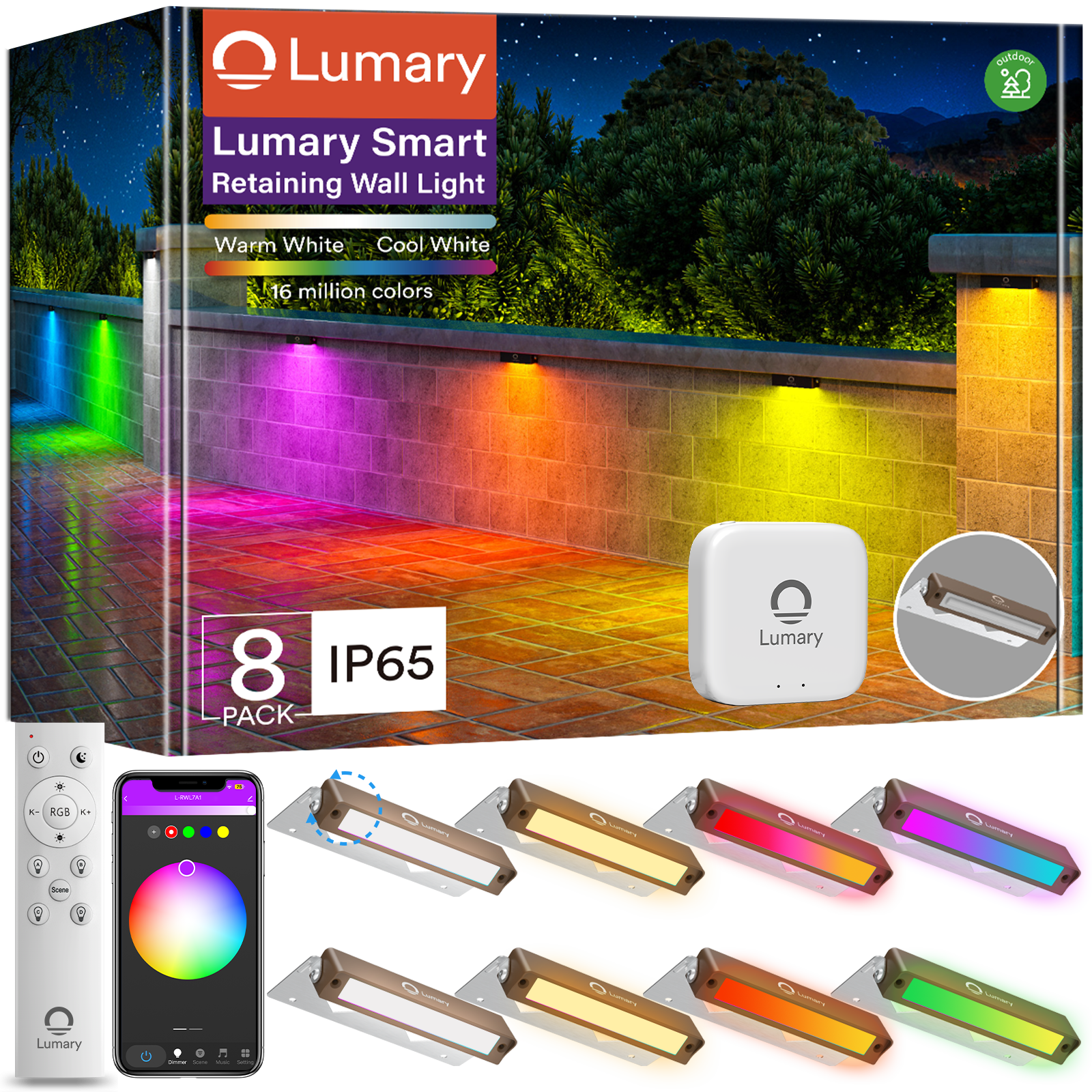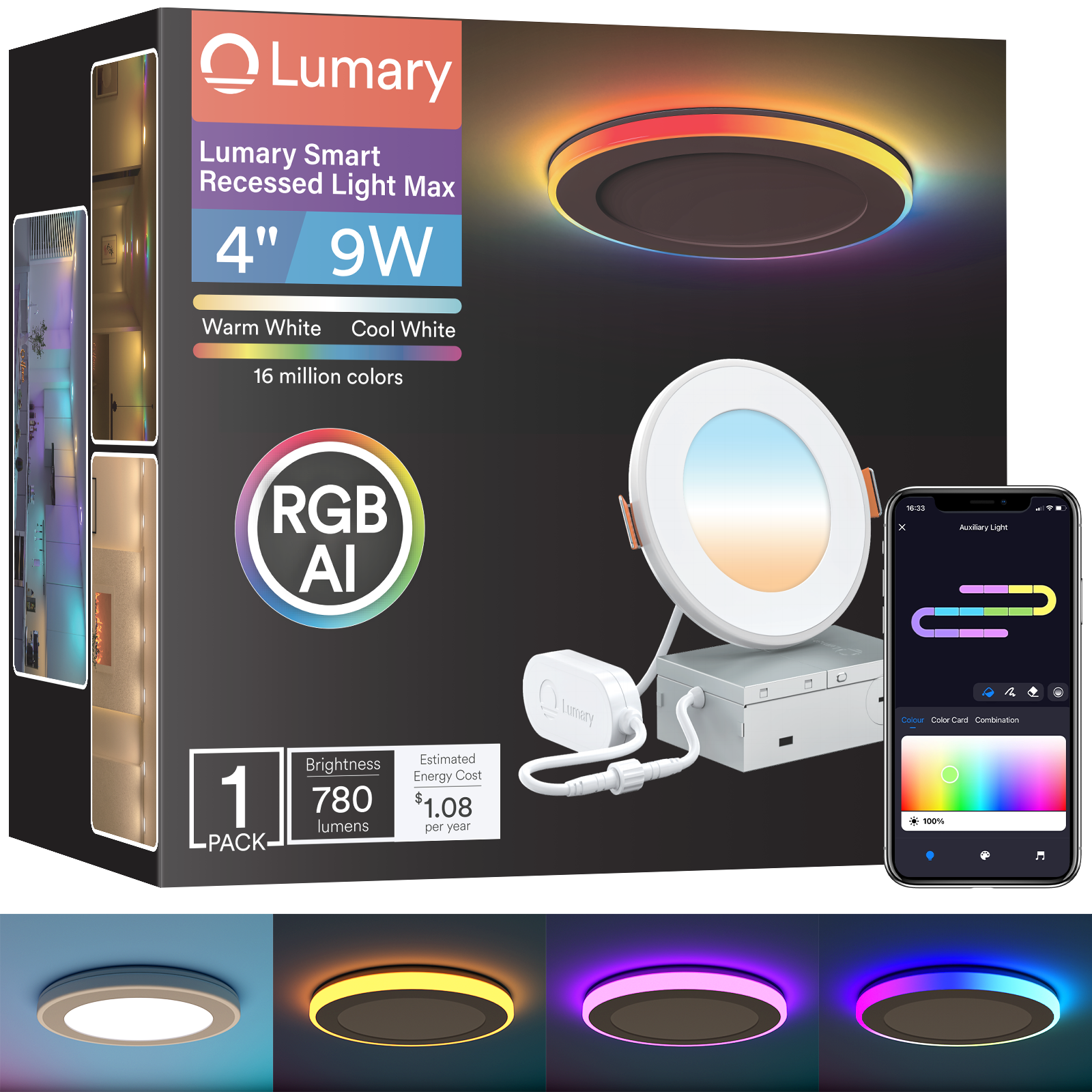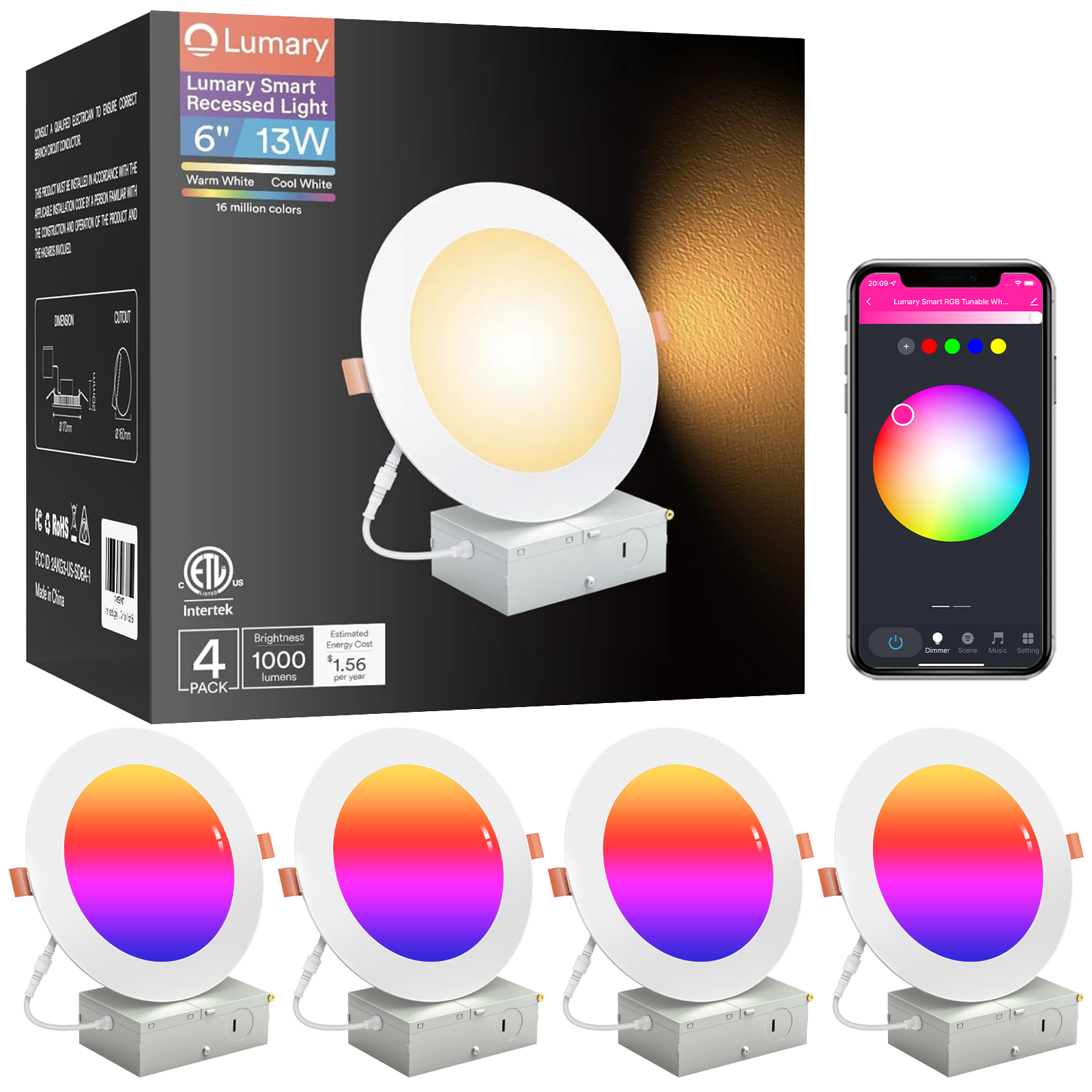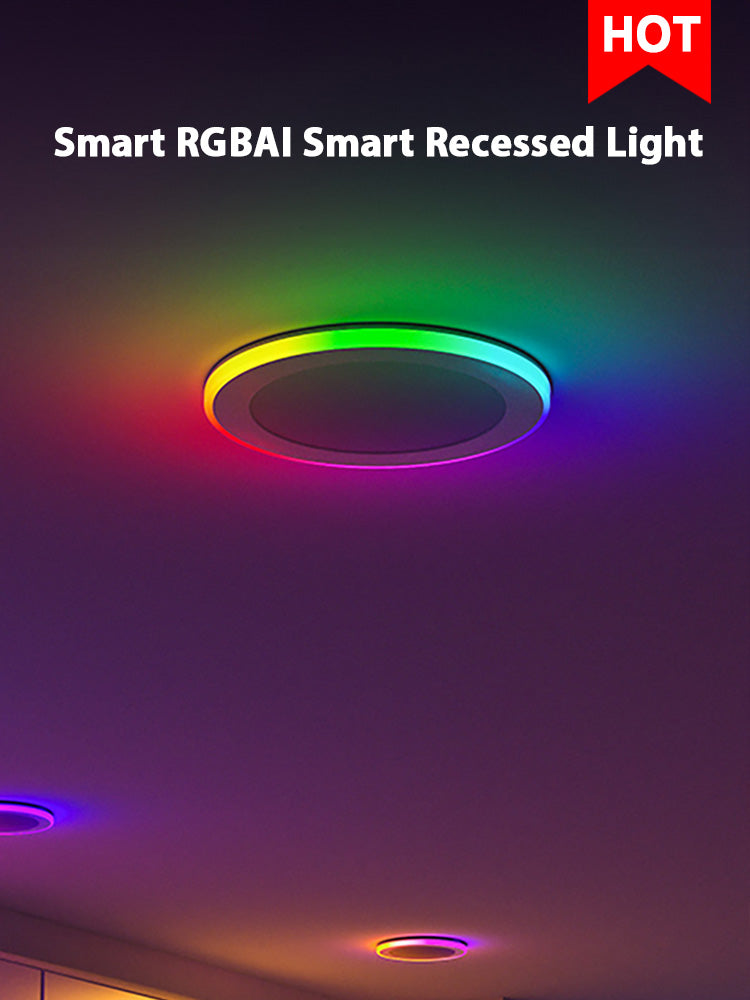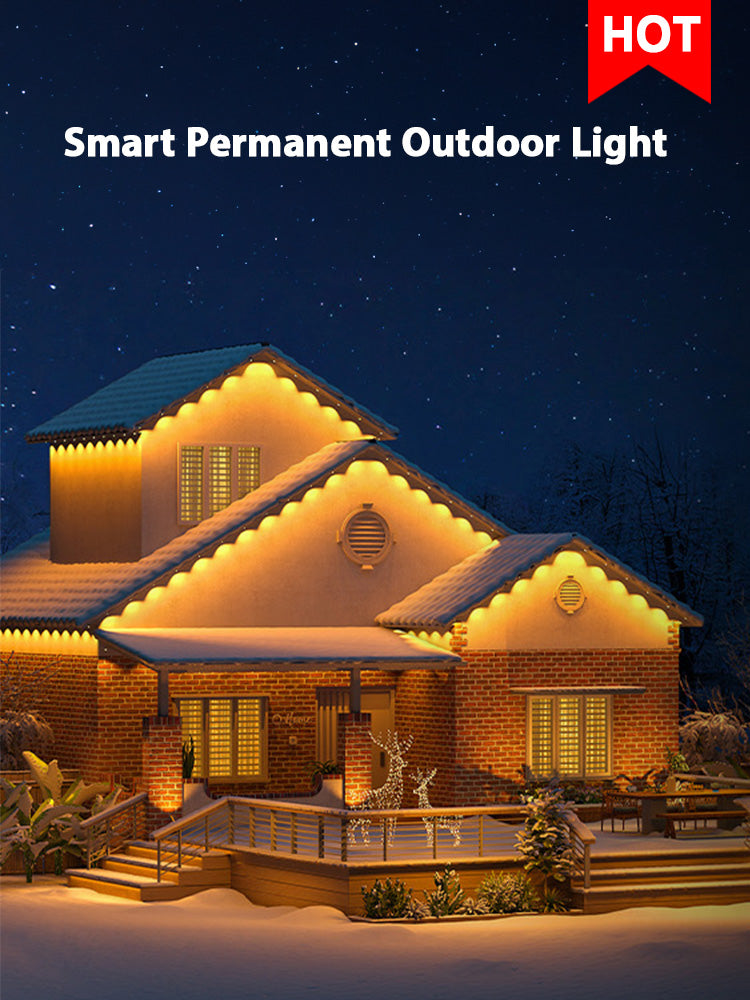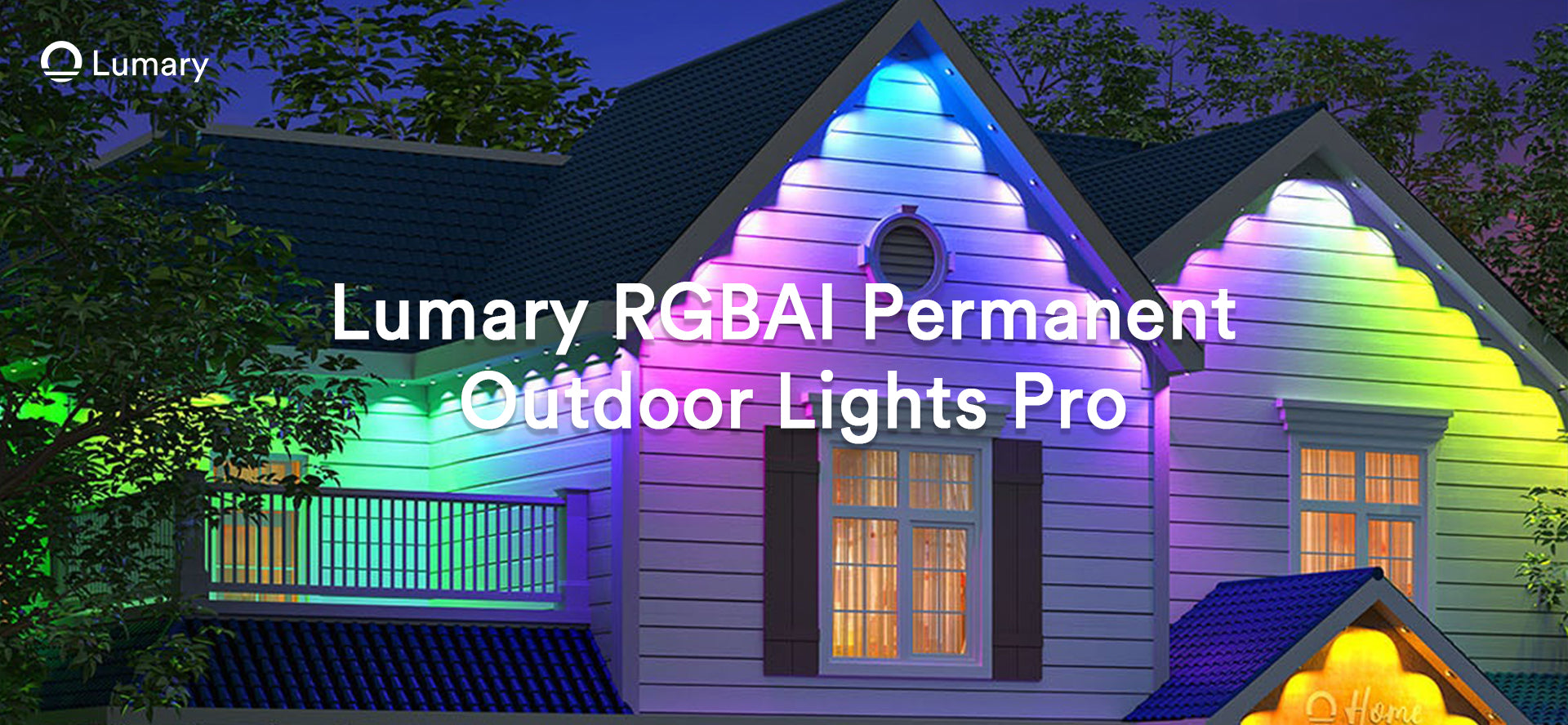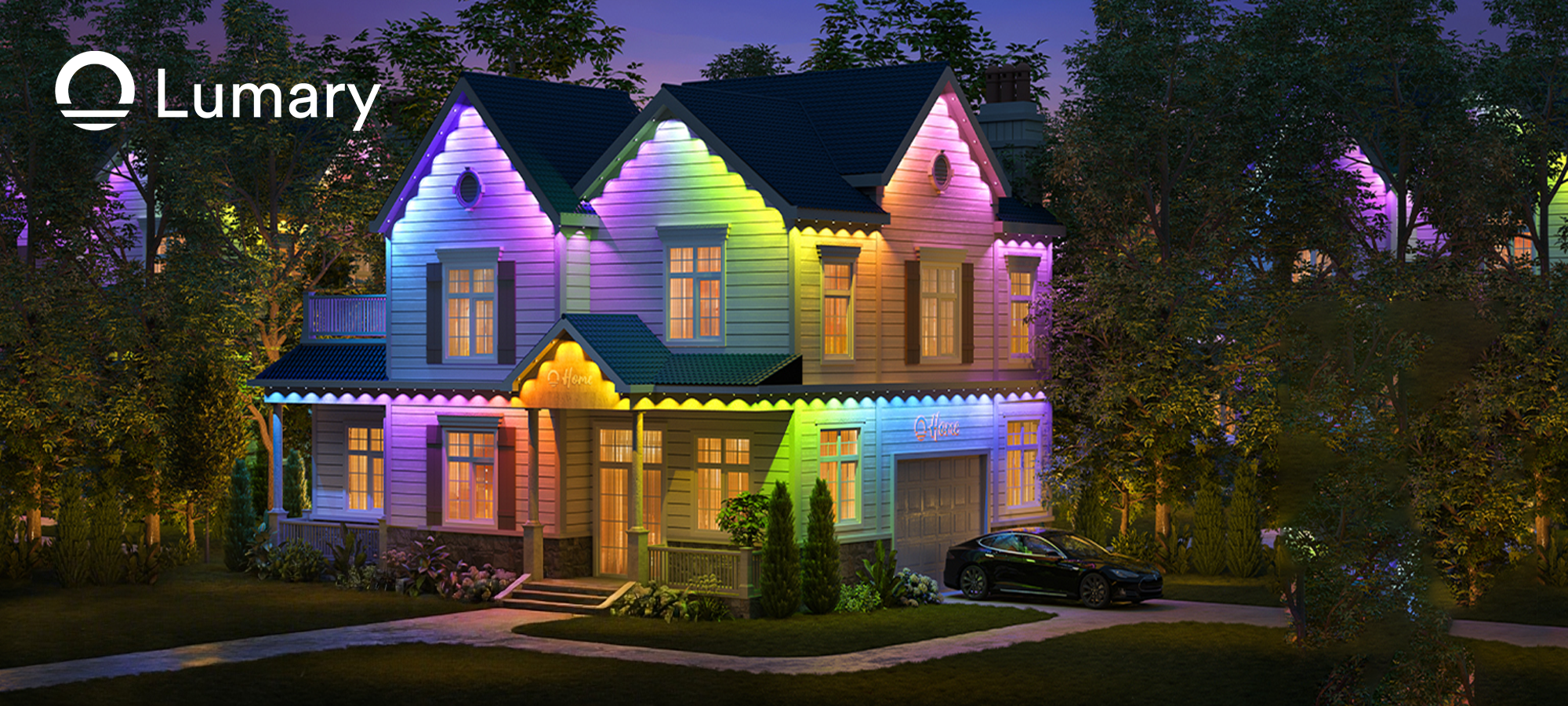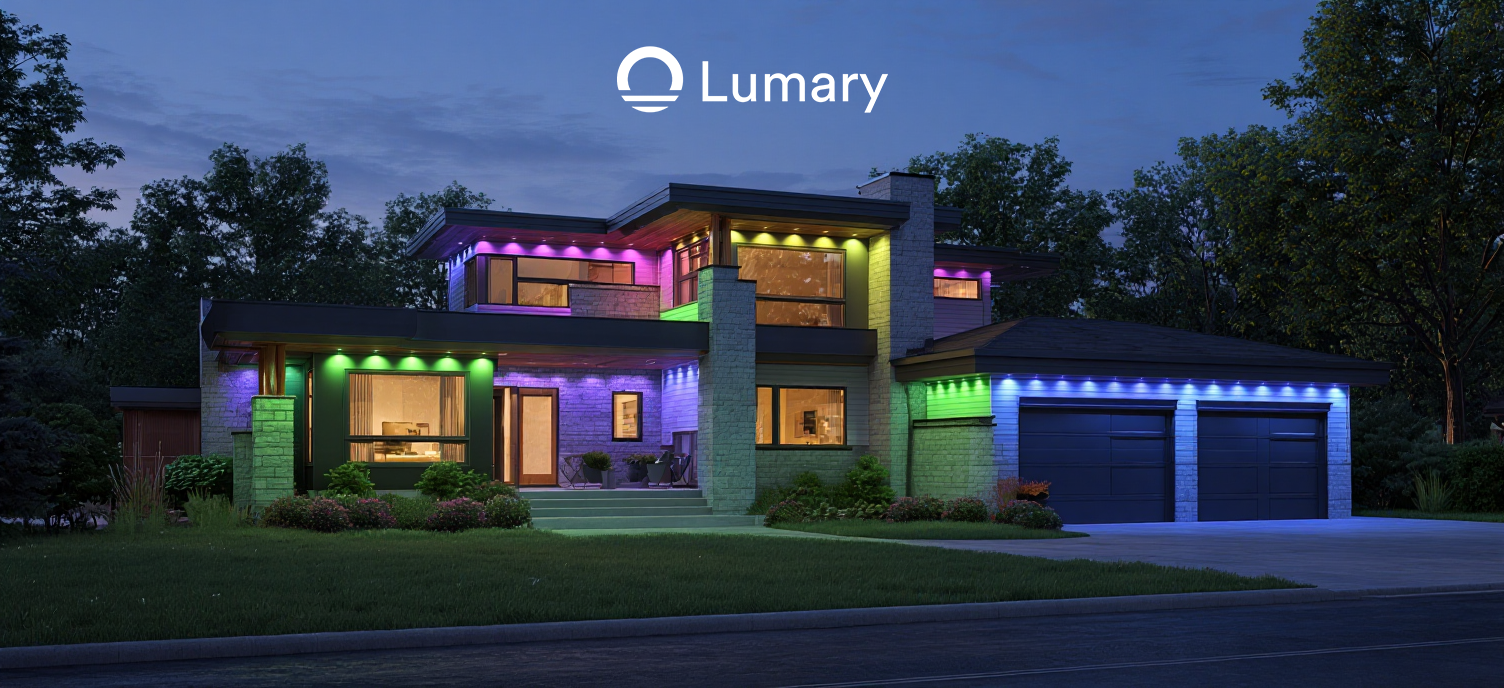LED string lights have gained immense popularity due to their energy efficiency and environmental benefits. These lights consume significantly less energy compared to traditional incandescent options, reducing carbon emissions and lowering electricity bills. The U.S. Department of Energy highlights that ENERGY STAR-rated LEDs use 75% less energy and last 25 times longer than incandescent lighting. Choosing energy-saving LED string lights not only benefits the environment but also ensures a longer lifespan for your lighting solutions. This makes LED string lights a smart choice for both indoor and outdoor decorations.
Understanding LED Technology

What are LED String Lights?
LED string lights consist of small light-emitting diodes (LEDs) attached to a flexible wire. Each LED contains a semiconductor that emits light when an electric current passes through it. The design allows for easy bending and shaping around various objects. LED string lights offer versatility in decoration due to their compact size and flexibility.
Advantages over traditional lighting:
-
Energy Efficiency: LED string lights consume significantly less electricity than incandescent bulbs. Studies show that LED lights use about 50 percent less electricity, which leads to substantial energy cost savings.
-
Longer Lifespan: LED string lights last much longer than traditional lighting options. Some LEDs can last up to 100,000 hours, reducing the need for frequent replacements.
-
Durability: LED string lights are more durable and resistant to breakage. The solid-state construction makes them suitable for both indoor and outdoor use.
-
Environmental Benefits: LED string lights reduce carbon emissions and have a lower environmental impact. The reduced energy consumption contributes to a greener planet.
Energy Efficiency of LEDs
How LEDs save energy:
LED string lights save energy by converting most of the electricity into light rather than heat. Traditional bulbs waste energy by producing more heat than light. LED technology focuses light in a specific direction, which increases efficiency. This targeted lighting reduces energy waste and enhances brightness.
Comparison with other lighting technologies:
-
Incandescent Bulbs: Incandescent bulbs consume more energy and have a shorter lifespan. LED string lights offer a more sustainable and economical alternative.
-
Compact Fluorescent Lamps (CFLs): CFLs are more efficient than incandescent bulbs but still fall short compared to LEDs. LED string lights provide better energy savings and environmental benefits.
-
Halogen Bulbs: Halogen bulbs use more energy and generate more heat. LED string lights outperform halogen bulbs in energy efficiency and safety.
The global LED lighting market continues to grow due to the numerous advantages of LED technology. The benefits include energy efficiency, environmental sustainability, and technological advancements. LED string lights represent a smart choice for those seeking cost-effective and eco-friendly lighting solutions.
Factors to Consider When Choosing LED String Lights

Energy Consumption
Wattage and Lumens
LED string lights offer significant energy savings. The wattage of LED lights is much lower than traditional bulbs. A string of 100 LED bulbs may use only 10 to 20 watts. This low energy consumption reduces electricity bills. Lumens measure the brightness of a light. Higher lumens indicate brighter lights. When choosing LED string lights, consider both wattage and lumens for optimal energy efficiency and brightness.
Energy Star Ratings
Energy Star ratings help identify energy-efficient products. Choosing LED string lights with an Energy Star certification ensures high energy efficiency. These lights consume less electricity and have a longer lifespan. Energy Star-rated LEDs use 75% less energy than incandescent lighting. This choice benefits both the environment and your wallet.
Durability and Longevity
Lifespan of LED Bulbs
LED string lights have a longer lifespan compared to traditional bulbs. Some LEDs last up to 100,000 hours. This longevity reduces the need for frequent replacements. The durability of LED lights makes them a cost-effective choice. Investing in long-lasting LED string lights saves money over time.
Weather Resistance for Outdoor Use
Outdoor LED string lights require weather resistance. Look for lights with waterproof and weatherproof features. Products like Feit Electric 72007 48 ft. LED String Lights withstand extreme temperatures and wet conditions. This durability ensures year-round enjoyment. Weather-resistant LED lights provide reliable performance in any outdoor setting.
Design and Aesthetics
Color Temperature Options
LED string lights offer various color temperature options. Warm white lights create a cozy ambiance. Cool white lights provide a bright and crisp atmosphere. Products like Lumary RGBAI Permanent Outdoor Lights Pro offer adjustable color temperatures from 2200K to 6500K. Choose the right color temperature to match your desired mood and setting.
Styles and Shapes Available
LED string lights come in diverse styles and shapes. The market offers specialty LED lights for specific purposes. Options include decorative bulbs, globe shapes, and novelty designs. The LED String Lights Market in the United States reflects diverse consumer preferences. Selecting the right style enhances the aesthetic appeal of your space.
Safety Considerations
Electrical Safety
Proper Installation Techniques
Proper installation of LED string lights ensures safety and longevity. Follow the manufacturer's instructions for installation. Secure the lights to prevent them from falling or getting damaged. Avoid overloading electrical circuits. Use appropriate tools to attach the lights. Ensure that connections are tight and secure. This prevents electrical hazards and prolongs the life of the lights.
Use of Surge Protectors
Surge protectors safeguard LED string lights from voltage spikes. Voltage spikes can damage the lights and reduce their lifespan. Install surge protectors to protect your investment. Choose a surge protector with the appropriate rating for your lights. Regularly check the surge protector for wear and tear. Replace it if necessary to ensure continued protection.
Environmental Impact
Eco-friendly Materials
LED string lights often use eco-friendly materials. Manufacturers design these materials to reduce environmental impact. Look for lights made from recyclable materials. Choose products with minimal packaging. This reduces waste and supports sustainability. Eco-friendly materials contribute to a healthier planet.
Disposal and Recycling of LED Lights
Proper disposal of LED lights is essential for environmental health. Many LED lights contain recyclable components. Check local regulations for recycling options. Some retailers offer recycling programs for LED lights. Participate in these programs to dispose of lights responsibly. Recycling LED lights reduces landfill waste and conserves resources.
Choosing energy-saving LED string lights offers numerous benefits. LED lights reduce energy consumption and lower carbon emissions, contributing to a healthier planet. The long lifespan of LEDs means fewer replacements and cost savings over time. Consider factors like energy efficiency, durability, and design when purchasing LED string lights. Opt for colored LEDs to enhance visual displays for various occasions. Make an informed decision to enjoy both environmental and economic advantages. Embrace LED technology for a sustainable and visually appealing lighting solution.

